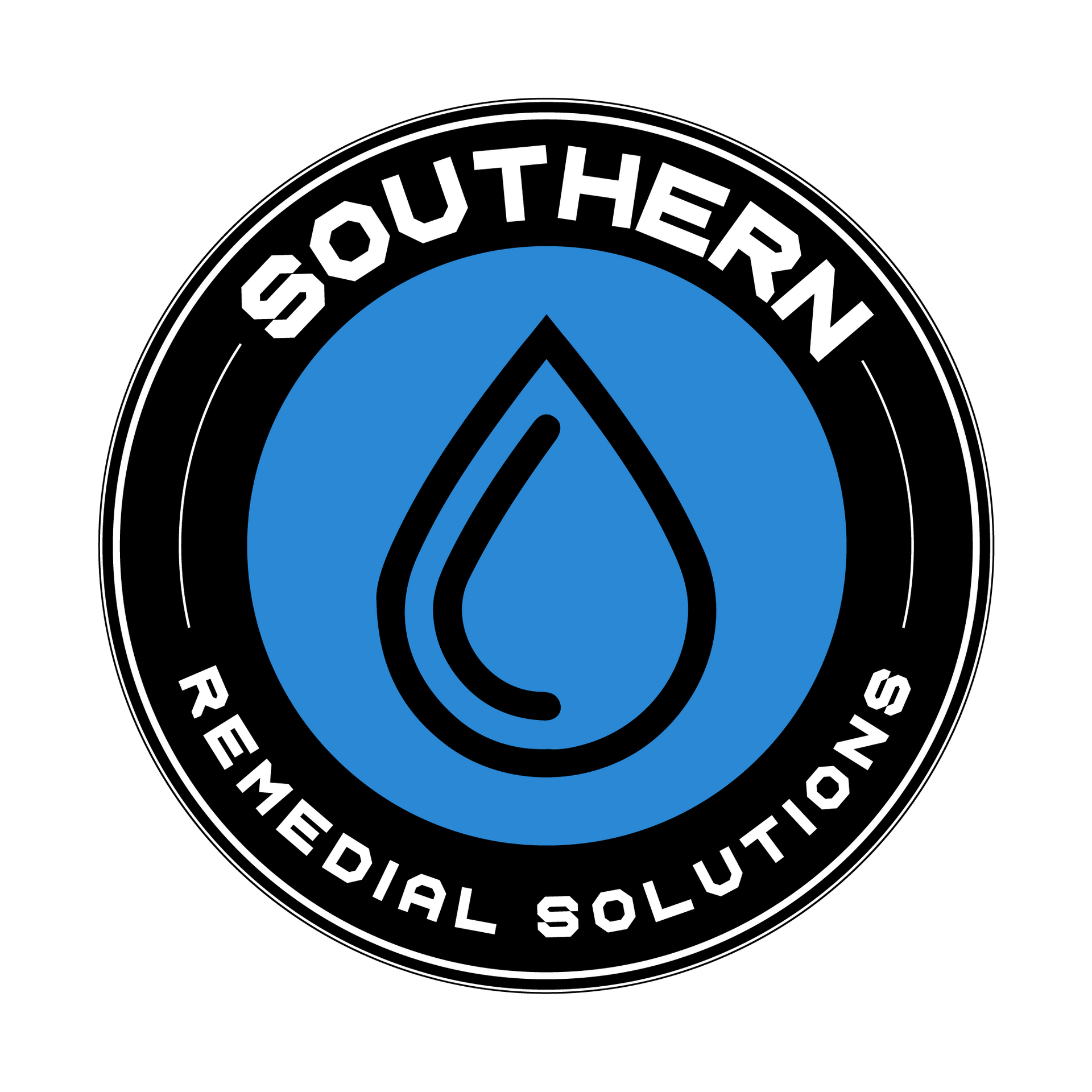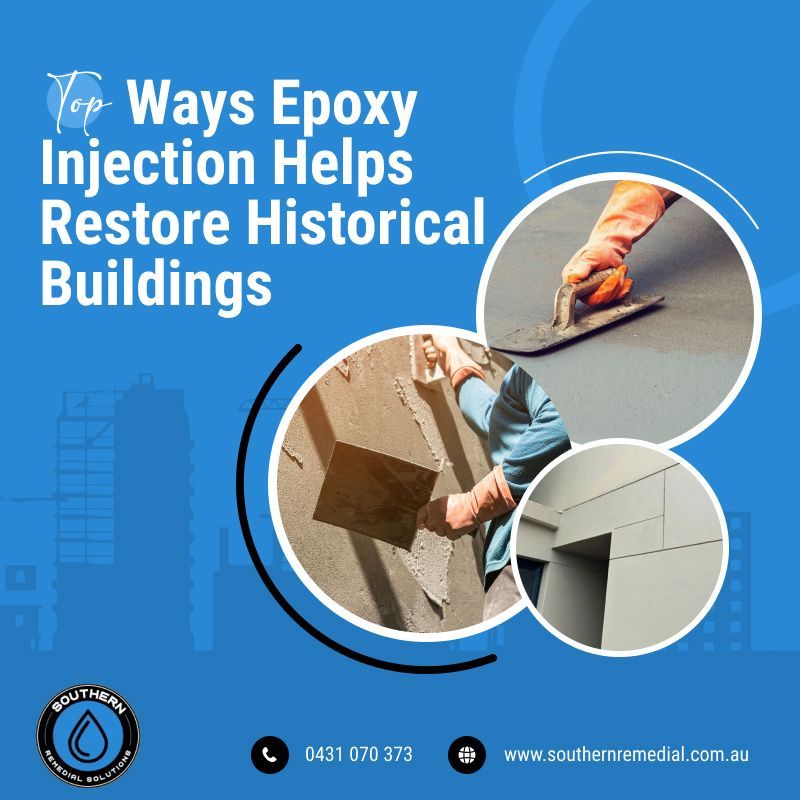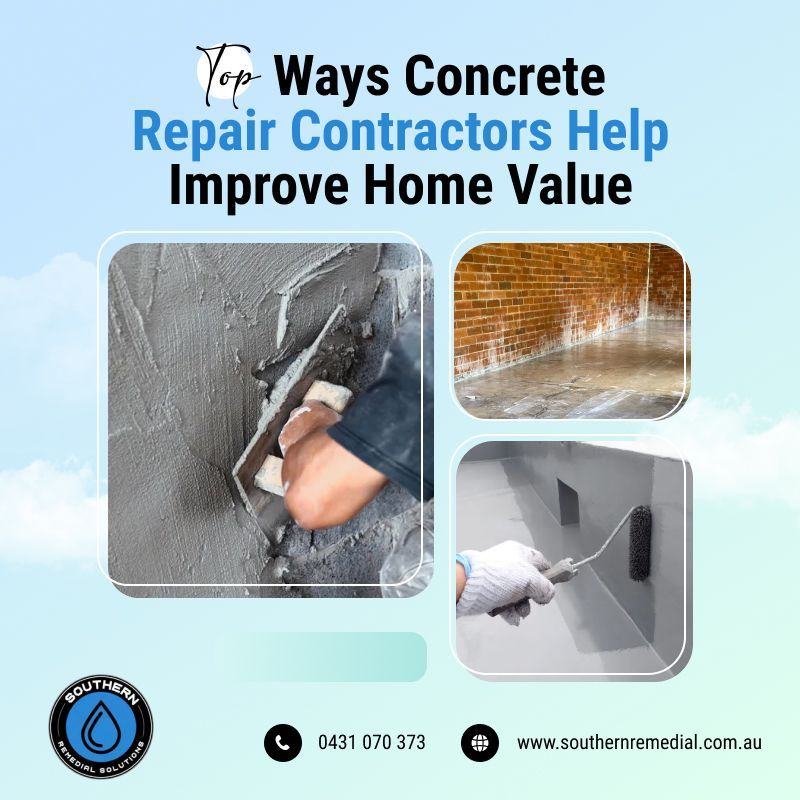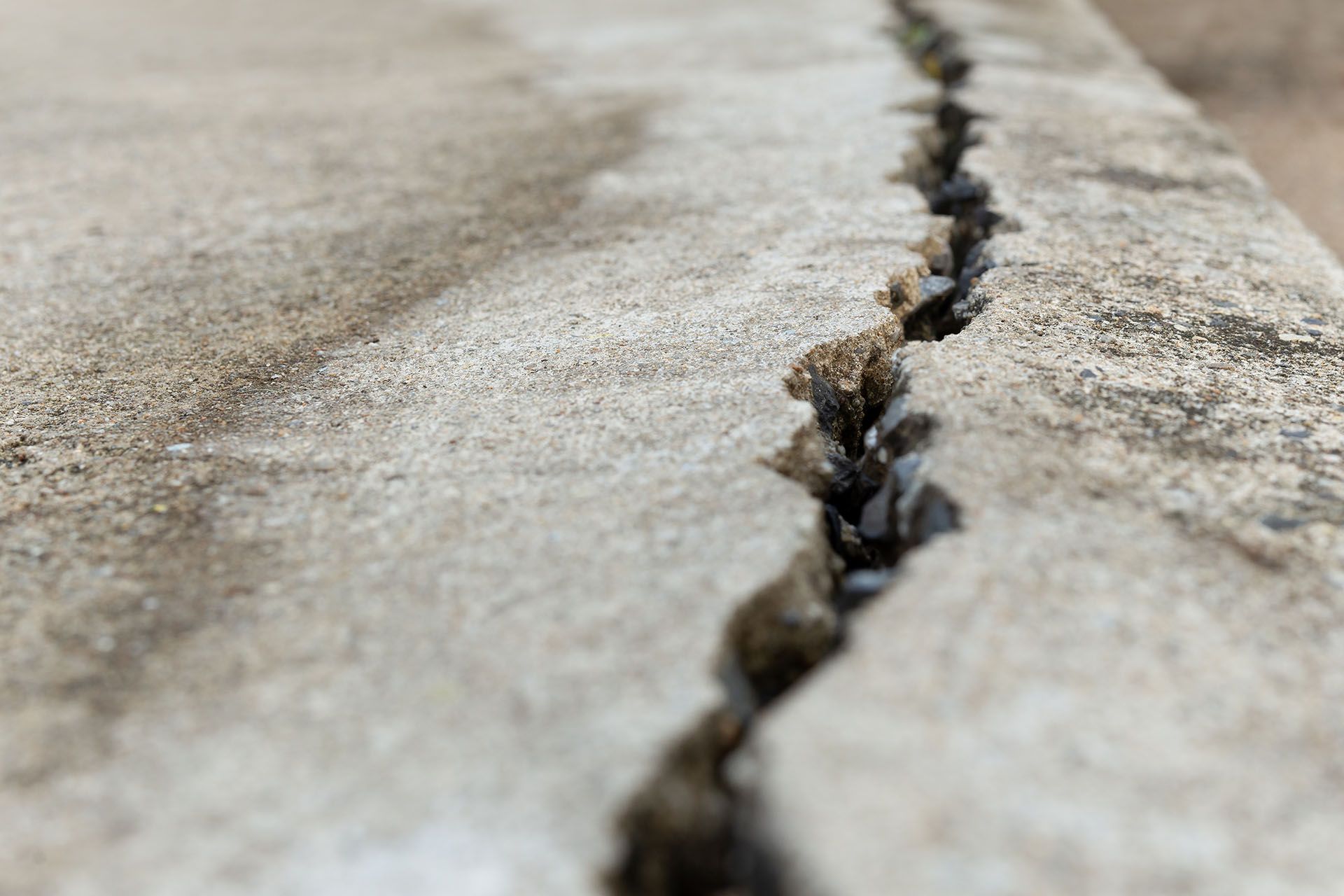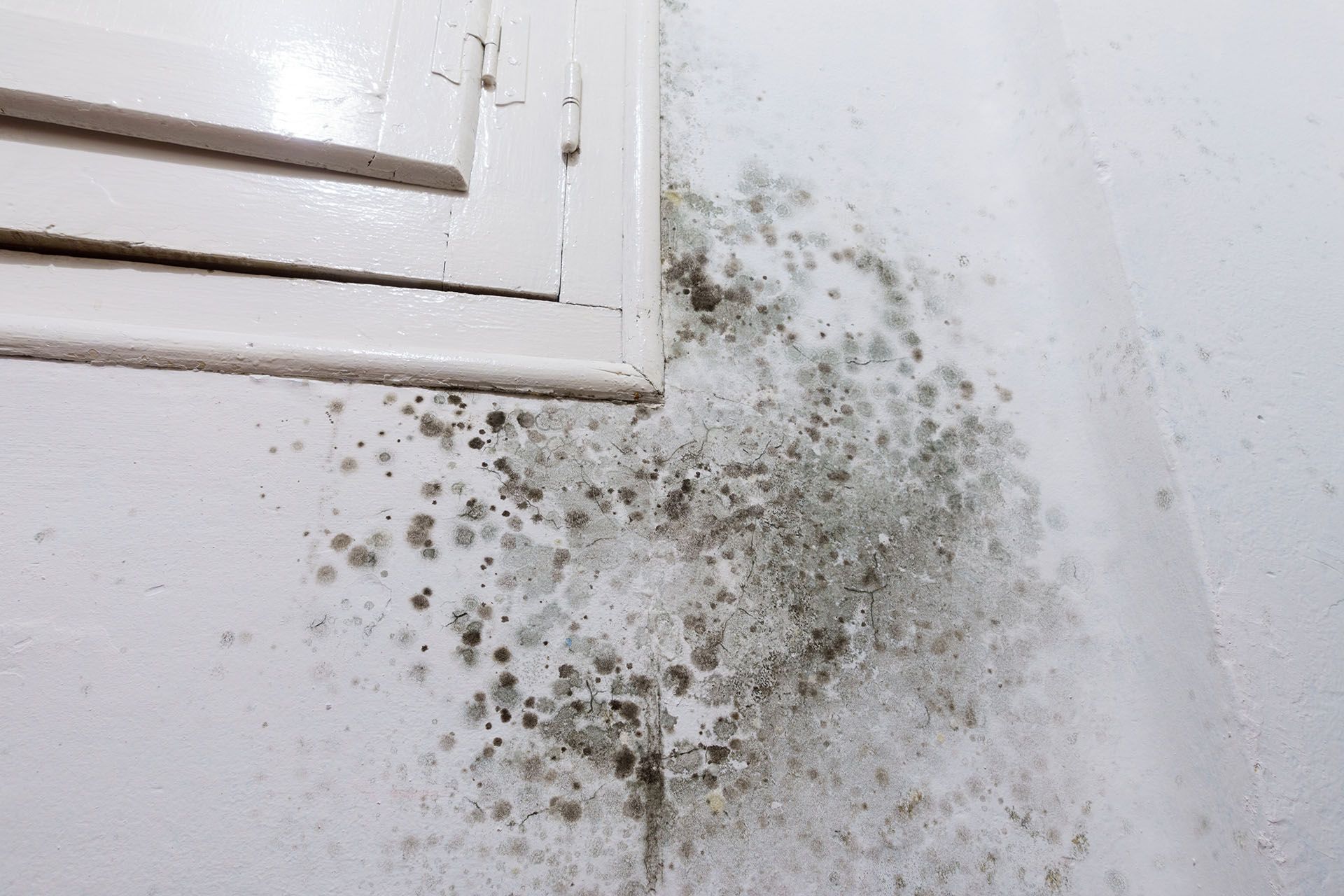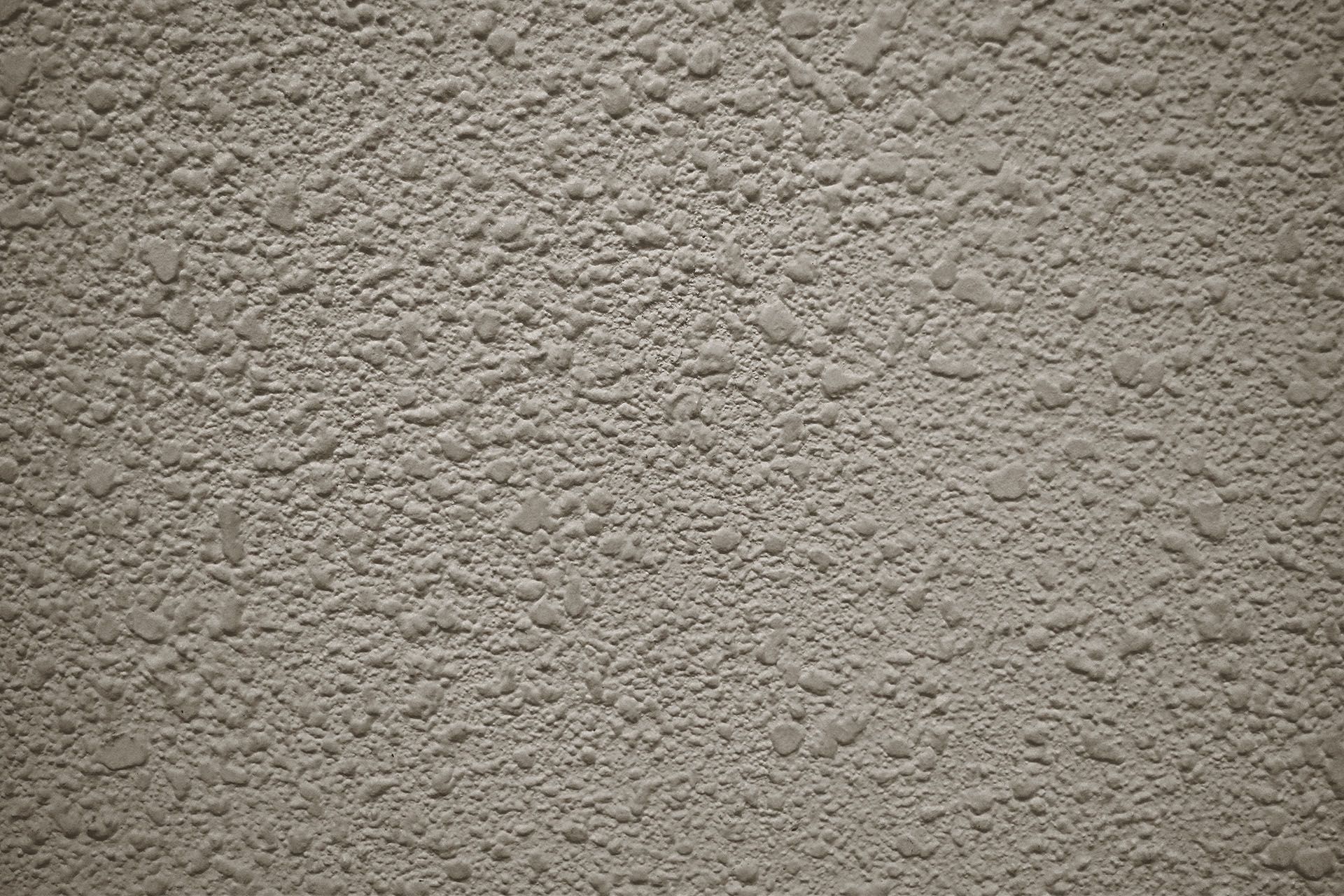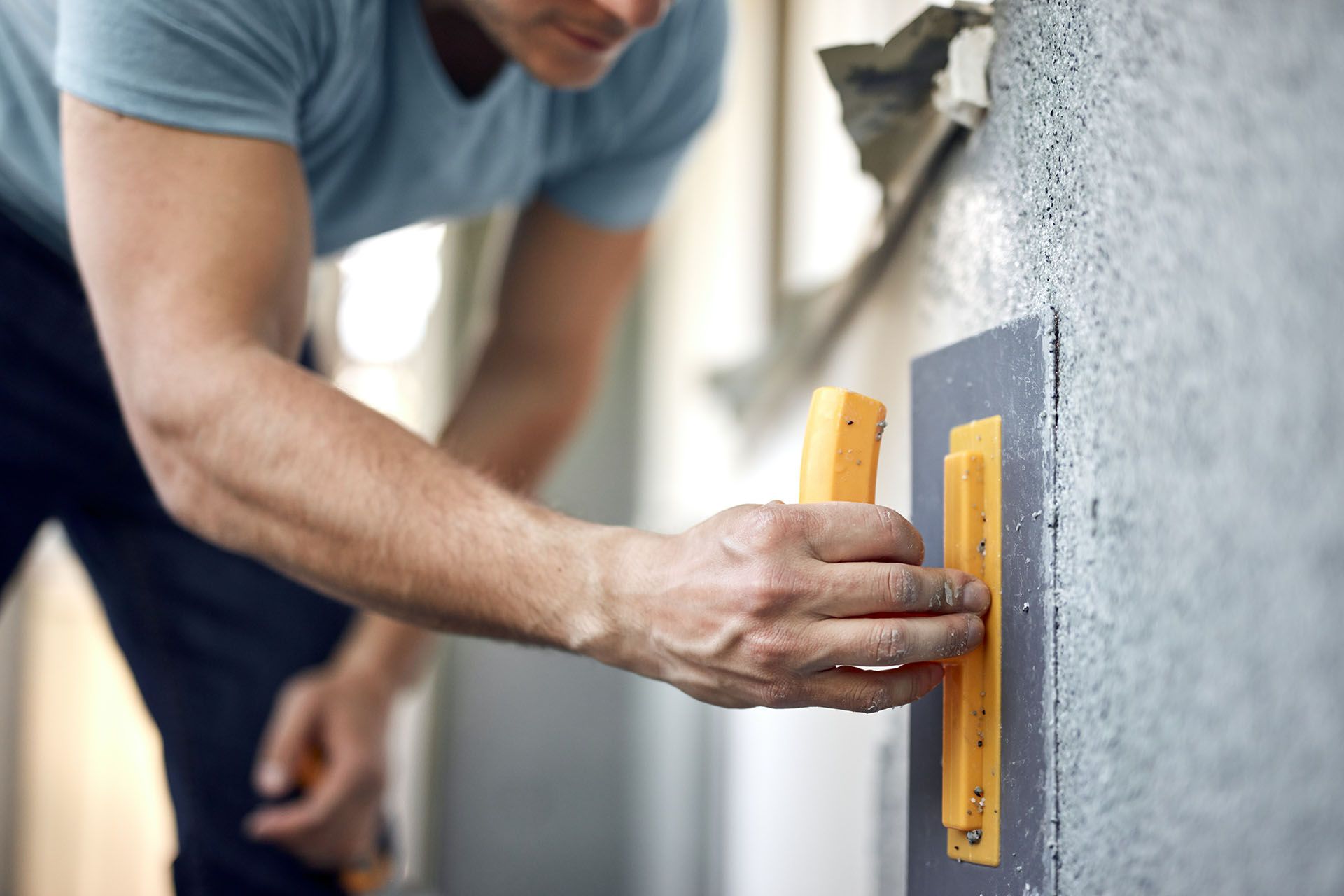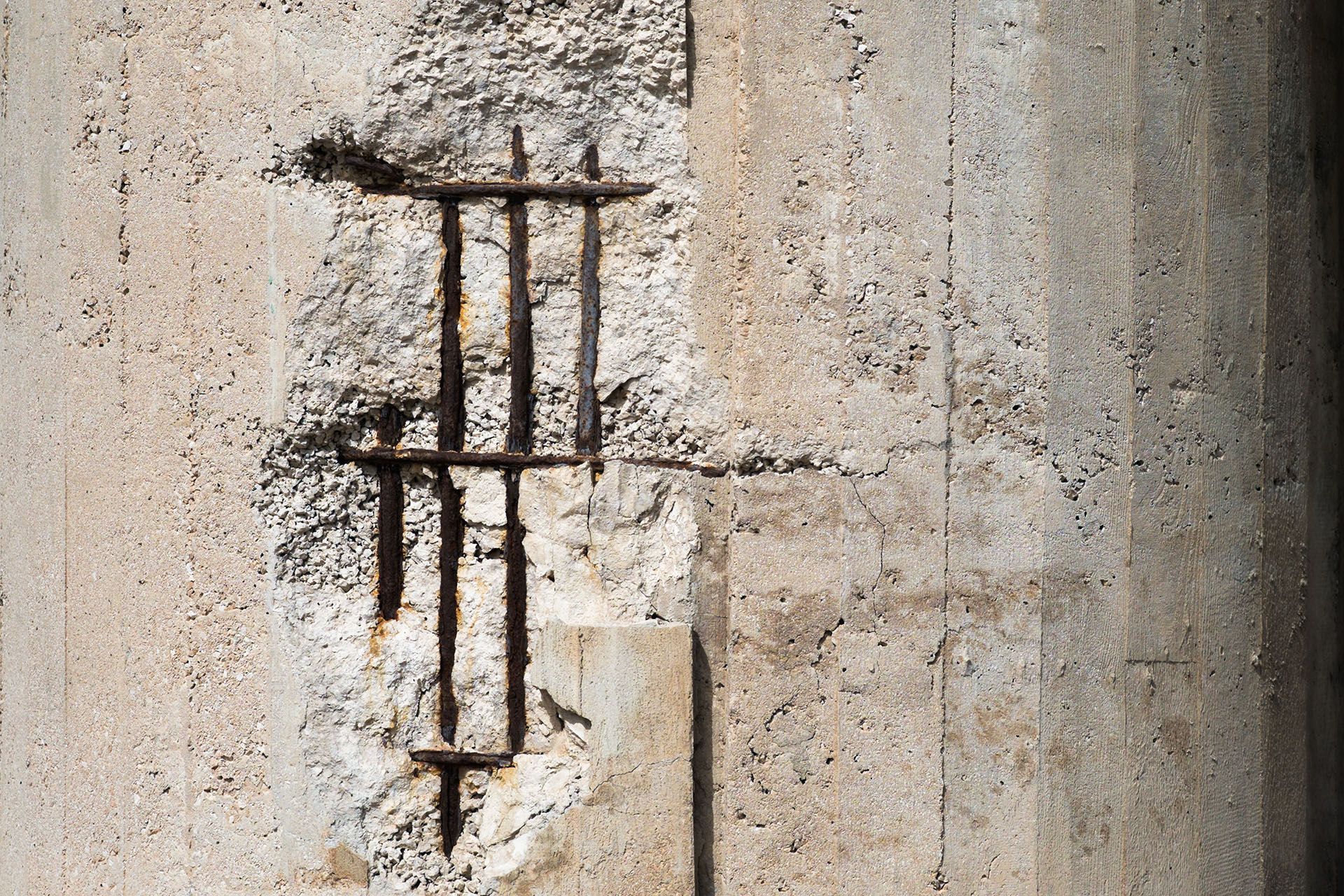Signs That Show Your Building's Concrete Needs Repair
Signs That Show Your Building's Concrete Needs Repair

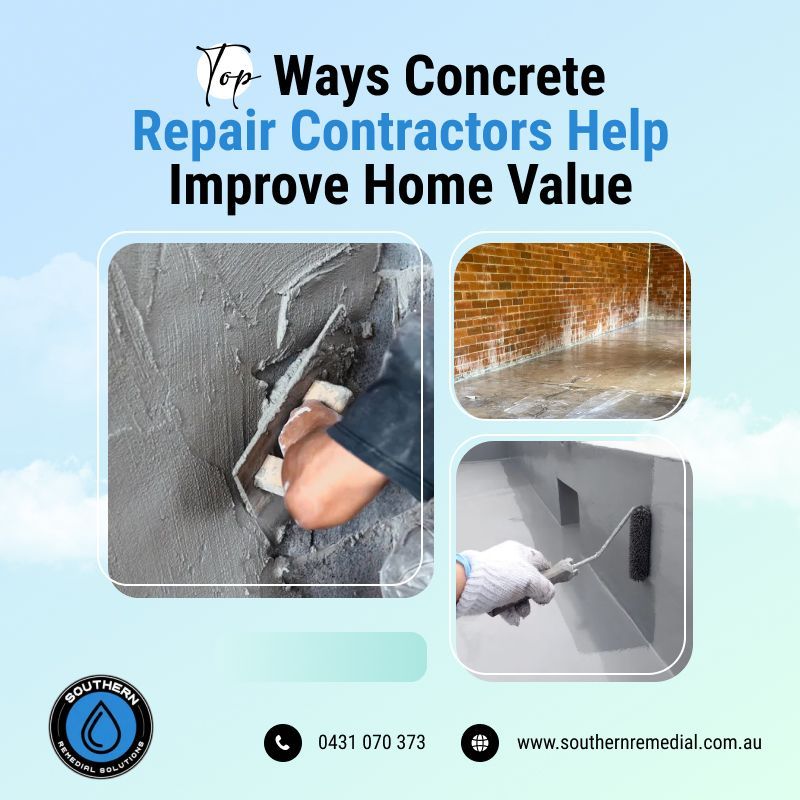
Concrete buildings are durable, but not indestructible. With time, use has the effect of weathering the surfaces and leading to apparent deterioration. Minor cracks and staining may appear insignificant, but are usually indicators of larger issues. Their neglect can result in costly repairs. Concrete repair contractors help homeowners to address issues before they spread. Knowledge of signs of damage enables early intervention and prevents costly structural damage.
Fissures are observed on the surface
Tiny hairline cracks do not appear to be dangerous, but they indicate that the structure is under stress. Temperature changes, humidity, and excessive weight cause concrete to expand and contract. This expansion and contraction cause cracks to develop over time.
Big cracks equal bigger issues. They provide an entry point for water, which compromises the foundation. Water inside expands when it gets cold, further damaging the structure. Sealing tiny cracks early on avoids further damage. If openings grow or spread quickly, professional work is required.
Uneven or low patches are formed
Uneven terrain is hazardous. Sunken spots occur when the ground below settles or washes away. Concrete slabs settle unevenly as a result of inadequate drainage, heavy use, or roots. You usually find these signs on sidewalks, patios, and driveways.
Water ponding and tripping result from the shifting of the concrete. In serious conditions, there is damage to structures. Lifting and leveling remedied the surface. Intervention in its early stages conserves time and avoids major reconstruction work.
Discoloration and Stains Result
Dark spots or unusual stains indicate possible water damage or chemical exposure. Rust stains are a sign that the metal contained within the concrete is corroding. Oil spills and other chemicals leave difficult marks that weaken the surface.
Efflorescence, a white powder, is caused by moisture that deposits salts on the surface. It does not hurt the concrete at first but is an indication of excessive moisture. Sealing and washing the surface maintain durability. Discoloration that is extreme might need resurfacing or more repairs.
Chipping and flaking occur
Surface degradation, also known as spalling, occurs when concrete peels or flakes off. The deterioration is caused by bad weather, bad installation, and too many freeze-thaw cycles. Water intrusion makes the situation worse, weakening the material with time.
Flaking weakens the strength of concrete, making it vulnerable to further damage. Sealants are applied or the affected areas are resurfaced to regain strength. In extreme cases, sections have to be ripped out and replaced.
There are water puddles on the ground
Water should drain off of concrete surfaces. Puddles after rain indicate drainage issues or that the surface is uneven. Water seeps into cracks and further damages the surface. Water freezes and expands in cold climates, which damages more.
Making the surface slope correctly and sealing cracks helps water drain better. For bigger problems, professional workers might need to raise or replace the affected areas.
Rusted or exposed reinforcements show
Concrete buildings typically have steel reinforcement to strengthen them. Water and air corrode steel over time, and the steel gets bigger in the concrete. This pressure makes the surrounding area weak and creates cracks.
Exposure of the steel bars indicates that there is severe damage. Rust spots on the exterior indicate that the internal support could already be compromised. Repairing the issue early prevents costly structural collapses.
Spaces Form Around Joints and Edges
Joints that open along structure edges or between slabs indicate movement or settlement. Ground movements and heat are responsible for this issue. Opening of the joint allows access to water and debris and adds instability when it happens.
Sealing the gaps avoids the entry of water and minimizes stress on the concrete. Expansion joints or elastic sealants hold it together. In the worst cases, levelling or reconstruction may be needed.
Surface Feels Rough or Worn
A smooth surface of concrete is stronger and more aesthetically pleasing. With time, the foot traffic, cars, and weather conditions make it rough. A rough surface absorbs more moisture, accelerating wear and tear.
Resurfacing makes the building look better and lasts longer. Maintenance, including sealing, prevents it from wearing off too rapidly.
Mildew and mold accumulate on surfaces
Moisture encourages mold and mildew growth. Green or black coloration of concrete is an indication that there is excess moisture. These are often displayed in driveways, patios, and basement floorings in moist areas.
Mold breaks down concrete and is also unhealthy. Drying moldy surfaces and fixing drainage prevents the issue from occurring again. Sealing the surface provides additional protection from water.
Final Thoughts
Detecting signs of damage in the early stages prevents costly repairs for homeowners. Cracking, color, and surface deterioration indicate potential problems in the structure. Repairing issues in advance extends the lifespan of driveways, patios, and foundations. Concrete repair contractors offer means to repair strength and stability. Preventive checks and maintenance make a home secure and durable.

-
Get in Touch
We hope you enjoy reading this blog post!
If you need specialist remedial building works in Wollongong, Sydney, or the South Coast, look no further than Southern Remedial Solutions. We use industry-leading technologies to deliver high-quality solutions to our clients.
We hope you enjoy reading this blog post!
If you need specialist remedial building works in Wollongong, Sydney, or the South Coast, look no further than Southern Remedial Solutions. We use industry-leading technologies to deliver high-quality solutions to our clients.
